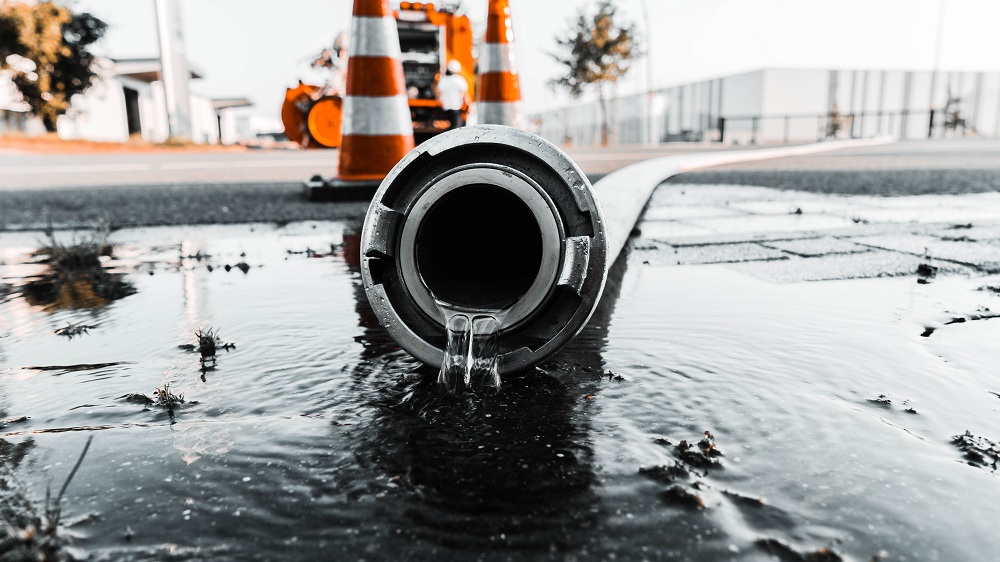Discovering your home flooded is a homeowner’s worst nightmare. Whether it’s a burst pipe, heavy rains, or a faulty appliance, excess water can cause extensive damage if not addressed promptly. When faced with this emergency, knowing the proper steps can help minimize the destruction and protect your property. Here’s a quick guide on water extraction and what to do when your home is underwater.
Safety First!
Before you tackle the water itself, ensure your safety is the top priority. If the flooding is severe or involves electrical hazards, evacuate your home immediately and call the Emergency Water restoration services. Shut off the main water valve (if possible), to prevent further water intrusion. Wear protective gear like gloves, boots, and waterproof clothing to avoid contact with contaminated water.
Assess the Damage
Once the immediate danger has passed, take a moment to assess the situation. How deep is the water? Is the source of the flooding still active? Get some proof with photos or videos for insurance purposes. Focus on prioritizing the most critical areas first – electrical panels, valuables, and important documents.
Act Swiftly
Timing is crucial when it comes to dealing with water damage. The longer water sits, the greater the risk of mold growth, structural issues, and irreparable harm to your belongings. As soon as you notice the flooding, take immediate action. Shut off the main water supply to prevent further flooding, and if possible, identify and address the source of the leak.
Call for Professional Help
While you may be tempted to tackle the water extraction yourself, it’s often best to seek professional emergency water restoration services. Certified technicians have the expertise, equipment, and resources to safely and efficiently remove water from your home, ensuring a thorough and effective drying process.
The Extraction Process
Once the professionals arrive, they’ll assess the situation and develop a comprehensive action plan. Using powerful pumps and specialized vacuums, they’ll begin extracting standing water from your home. This process is crucial to prevent further damage and prepare the area for drying.
Drying and Dehumidification
After the visible water has been removed, the next step is to dry and dehumidify the affected areas. Professionals will strategically place industrial-strength dehumidifiers and air movers to circulate air and remove moisture from walls, floors, and other surfaces. This step is essential to prevent mold growth and ensure your home is thoroughly dried.
Monitoring and Inspection
Throughout the drying process, technicians will monitor moisture levels and make necessary adjustments to ensure complete drying. They may also inspect for any hidden moisture or potential structural issues that could require additional attention.
Cleaning and Restoration
Once your home is dry, the final step is cleaning and restoring any damaged areas. This may involve disinfecting, deodorizing, and repairing or replacing flooring, drywall, or other materials affected by the water. Emergency water restoration services often provide comprehensive solutions to restore your home to its pre-loss condition.
Closing Thoughts
Dealing with a flooded home can be overwhelming, but knowing the proper steps can help minimize the damage and stress. Remember, acting quickly and seeking professional Emergency Water restoration services is often the best way to ensure a thorough and efficient drying process, reducing the risk of long-term issues.

